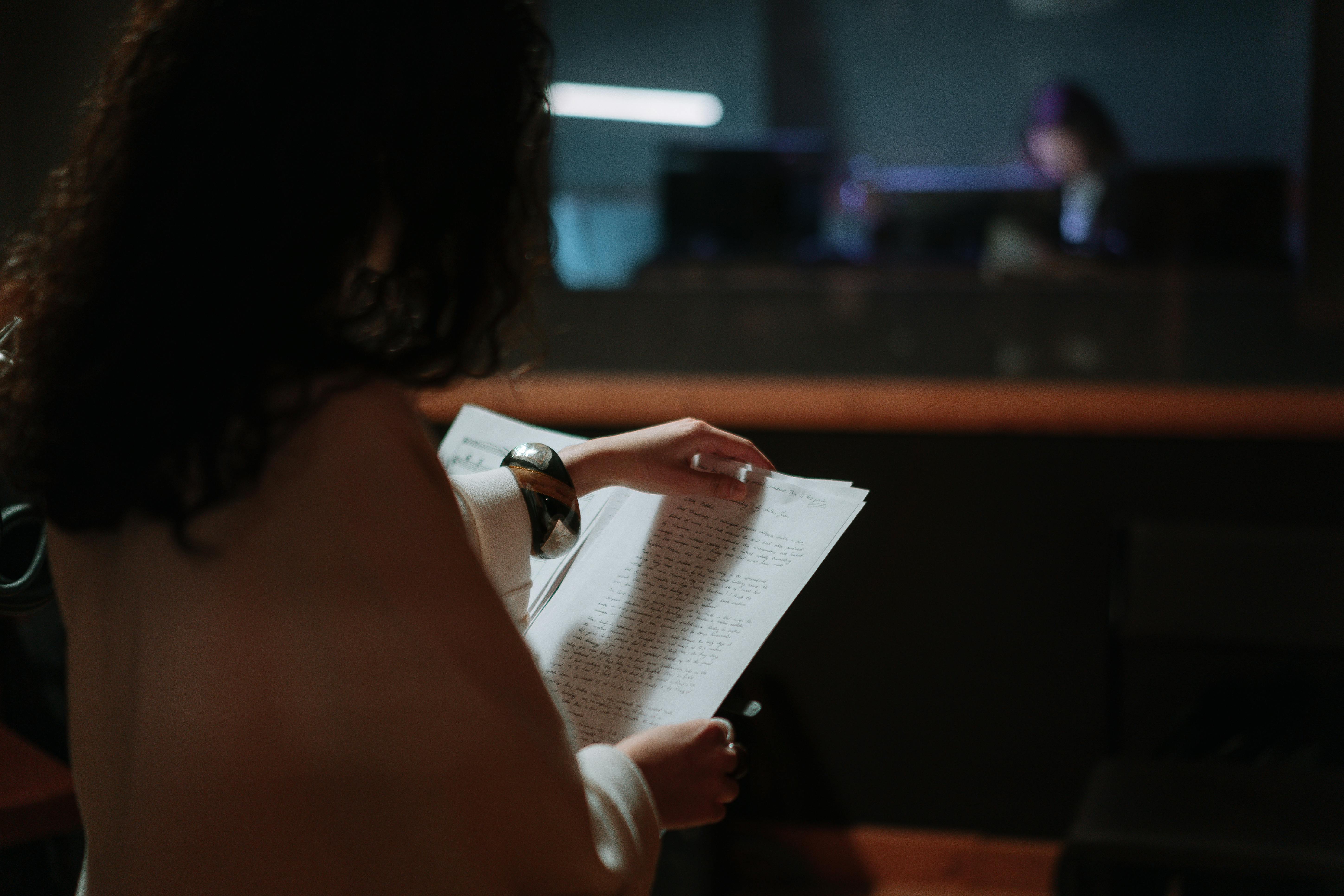Boomslang are found throughout Zimbabwe and are the only large green snake found outside of the Honde Valley and a few other areas along the eastern border. The large green snakes found in the Honde Valley can be, and usually are, Green Mambas. For some reason, boomslang is not that common in the Zambezi Valley. Only males are green, females are brown, olive, or gray with a whitish belly below. They are the only snakes in Zimbabwe where the males and females are different colours. Males are striking green, and scales are sometimes edged with black. The shade of green can vary, even becoming a pale blue in some specimens. Juveniles are dark mottled gray or brown above, often with markings quite similar to those of a vine or twig snake. The most distinctive feature of boomslang, both male and female, is the very large eye. They are comparatively large snakes, sometimes reaching a length of 2 m or more. Juveniles only turn green, if male, after reaching a length of 750mm or more. This means that any green snake you find that is less than 750mm – 1000mm long and is not in the Honde Valley, or some other areas along the eastern border, will be a non-venomous snake and therefore therefore harmless.
Boomslang, as the name implies, are primarily tree-dwelling snakes, but are often found on the ground searching for prey or moving from tree to tree. They have a fairly catholic diet and often take frogs and sometimes small rodents, which they have to go down to the ground to search. However, chameleons, bird eggs, chicks, and small birds make up much of their diet. In captivity, they readily take frogs (not toads!) and may be tempted to eat mice. They are diurnal snakes.
As a defensive action, they will initially puff out their necks and then most of their body if left alone. Hitting and biting is a last resort, as is the case with all snakes. The boomslang is quite shy and less likely to bite than most other snakes. Usually only snake handlers and hunters seem to get bitten, but very rarely. This is not because the boomslang has its fangs backwards and has to find a narrow part of the body, eg a finger, in order to insert its fangs, which is what most people believe. The fangs are halfway back, not right at the back and the snake can open its mouth up to 180 degrees, which means, in theory, it can sink its fangs into a flat surface! If it bites, the snake can inject a very small but extremely potent amount of hemotoxic venom, which prevents the blood from clotting. Without treatment, the victim will bleed to death. The specific antidote is only available from the SAIMR Laboratory in Pretoria, South Africa. Positive identification of the snake is essential for a doctor to obtain antivenom. Symptoms are relatively slow-acting and victims sometimes appear fine at first but succumb a few days later. Medical observation should continue for at least three to four days. Keep in mind that even if the fangs have penetrated the skin, it does not mean that an eventomation has occurred. Antivenom or serum is very expensive, so make sure you’ve been bitten! The good news is that, as already mentioned, only handlers and receivers seem to get caught!
Up to 15, sometimes up to 25 eggs are ugly at the beginning of summer. The eggs hatch 3 to 4 months later. They are usually placed in hollow tree trunks and leaf compost on the ground.



